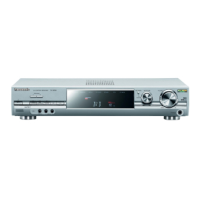
Do you have a question about the Panasonic SA-XR50 and is the answer not in the manual?
Safety advice for the AC mains lead, including fuse replacement and proper wiring.
Advice on unit placement, voltage, foreign matter, and service.
Identifies and lists accessories included with the AV receiver.
Instructions for using the remote, including battery insertion and optimal usage range.
Guide for connecting DVD players and TV/monitors to the receiver.
Visual representation of optimal speaker angles for surround sound setup.
Details on connecting speakers and the AC mains lead.
Instructions for connecting DVD recorders or VCRs to the receiver.
Guide for connecting TVs or monitors using various cable types.
How to connect cable boxes or satellite receivers using S-Video or Component Video.
Details on connecting DVD players and recorders via S-Video or Component Video.
Instructions for connecting CD players and recorders using digital or line out.
Guide for connecting tape decks, including graphic equalizer integration.
How to connect video cameras for audio and video input.
Instructions for connecting FM indoor, FM outdoor, and AM loop antennas.
Guide on connecting a second pair of speakers using terminal B.
Guide to setting up speaker combinations and digital input modes.
How to configure automatic or fixed input detection for digital/analogue signals.
Process for adjusting individual speaker output levels relative to front speakers.
Using the test signal to adjust speaker levels and volume.
Explanation of Dolby Pro Logic II modes like MOVIE, MUSIC, and PANORAMA.
Using DTS NEO:6 modes (CINEMA, MUSIC) for 2-channel sources.
Using SFC modes (LIVE, POP/ROCK, VOCAL, etc.) for enhanced sound.
Adjusting center width and dimension for natural sound imaging.
Fine-tuning speaker levels and SFC effect levels.
How multi-channel sources sound in stereo (2CH MIX mode).
Explanation of the main unit's buttons, indicators, and display elements.
Overview of functions for various remote control buttons.
Detailed explanation of remote control buttons for source selection and modes.
Steps for manually tuning radio stations using the unit.
How to tune directly to a radio station by entering its frequency.
Customizing tuner settings like FM Mode, Beat Proof, and AM Allocation.
Guide to automatically or manually preset radio stations.
How to display text data like station name and program type from RDS signals.
Enhancing bass depth for audio playback.
Boosting higher frequencies lost during compression for better audio.
Adjusting the subwoofer volume independently.
Adjusting center speaker placement and using multi rear surround effects.
Adjusting bass, treble, and front speaker balance.
Reducing peak levels for clearer listening at low volumes.
Adjusting the attenuator to prevent "OVERFLOW" during analogue input.
Adjusting the brightness of the unit's display.
Setting the unit to turn off automatically after a specified time.
Restoring unit settings to factory defaults.
Selecting the source to be recorded to tape, DVD recorder, or digital device.
Configuring speaker size (LARGE, SMALL, NONE) for optimal sound.
Setting speaker distances to adjust sound delay for accurate timing.
Adjusting bass cut-off frequency for front speakers and subwoofers.
Technical details for the amplifier, including power output and distortion.
Technical specifications for FM/AM tuners and video output.
Overall power supply, consumption, dimensions, and mass.
Lists common issues like no power or no sound and their solutions.
Specific solutions for issues related to sound modes and digital audio output.
Solutions for radio tuning problems, noise, and interference.
Overview of multi control mode menus and factory settings for reference.
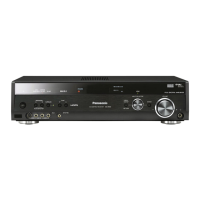

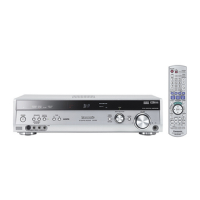
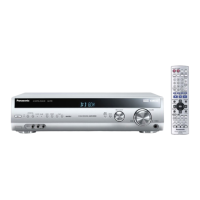
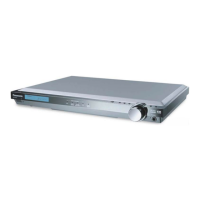
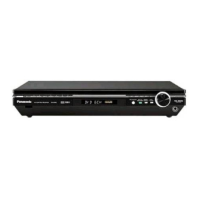
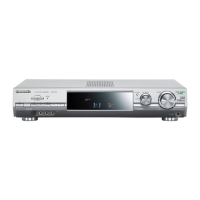

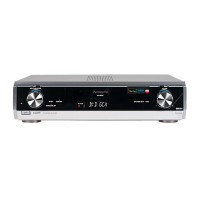
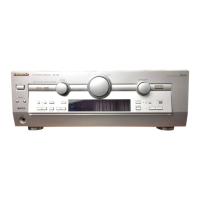
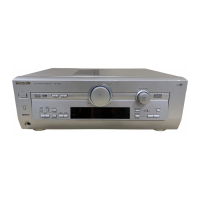
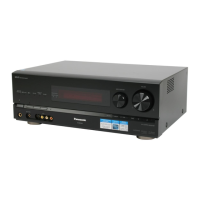
